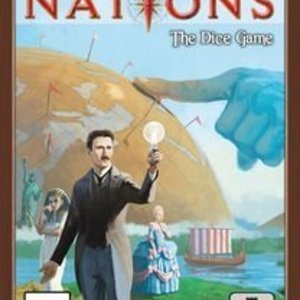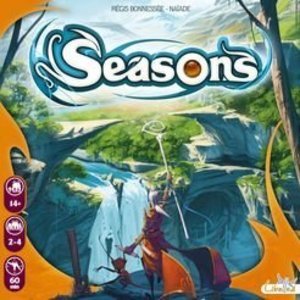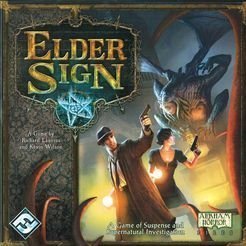Purple Phoenix Games (2266 KP) rated Nations: The Dice Game in Tabletop Games
Aug 16, 2019 (Updated Jul 17, 2021)
Nations: The Dice Game (can I please just call it Nations for this review as we know I am not talking about the original? Thanks.) is a civilization building, upgrade tile drafting, dice game for one to four players. Players will be upgrading their civilizations over four game rounds to compete for Books and VPs. The player with the most VP at the end of the game is the winner.
Disclaimer: The photos shown here is for a solo game, as I took them during my learning game using the solo rules. Normally the purple d4 is not used in multiplayer games. -T
To setup, each player will choose a starter civilization mat, receive five white dice, a gold chit, and a re-roll chit. Player order will be determined by cards and each player will receive their player order card which doubles as a reference card (great idea). The Progress Board will be set on the table and populated with randomized Age I Progress tiles according to the rule book. The Score Board will also be placed on the table to track Books, Events, and final VPs. The game begins with each player rolling their five dice.
Nations (TDG) is played over four ages with multiple rounds per age. At the beginning of each age old tiles will be removed from the Progress Board and new ones for the current age added. Also an Event tile will be drawn and placed on the Score Board to signify goals for Famine and War at the end of the age. On a player’s turn they will take one action from the following: Re-Roll (any or all unused dice by spending a re-roll chit), Buy tile (from the Progress Board to upgrade player mat spaces and dice), or Build Wonder (tile using Stone dice or chits for VP). When a player has taken as many turns/actions they wish for the age, they turn their player order card to the side to indicate they have passed for the remainder of the age.
Once all players have passed, they will tally their unused dice and any chits showing Books to be recorded on the Book track. Players will score points for Books based on how many opponents they have outscored for Books. Then players will consult the face-up Event tile that was revealed at the beginning of the round. The top portion displays VP earned when players discard unused dice and chits showing Famine leaf icons matching or exceeding what is on the Event tile. Similarly, for War players will consult the Event tile and use the sword icons on unused dice and chits to score any VPs for War. Play continues in this way across all four ages and once the fourth age has been scored the game ends and winner named victorious!
Components. I have mostly good news here. The dice in this dice game are wonderful. They are all easy to read and understand, and feel great when rolling nine or ten of them at once. The chits are fine, the Progress and Event tiles are nice and thick. The player mats, Score Board, and Progress Board are very thin though. I was going to give that a negative remark, but you know, players don’t really handle them during the game so there is no real need for them to be any thicker. The art is similar as in Nations, and while it does not resonate with me, it is fine. I won’t be playing Nations for the art.
All in all the game is fine. It didn’t blow me away or completely replace Nations (the big game) for me. It IS a pretty quick game to play, so there is one definite improvement over the big brother game; 10-15 minutes per player is pretty spot on. I usually do not prefer dice games to the originals (BANG! The Dice Game being the obvious improvement), and this one is really just on par with the big game. While it takes up less space on the shelf, I wouldn’t necessarily recommend it over its sibling. I feel the same way about each game, so my recommendation is get the version you feel would be played more often. Purple Phoenix Games gives Nations: The Dice Game a Montezuma-should-be-in-Age-IV 6 / 12. Give it a shot if you are into dice games, but grab the original if you want something meatier.

Tiny Epic Galaxies
Tabletop Game
In Tiny Epic Galaxies each player controls a galactic empire, aiming to expand their influence by...
Solo game
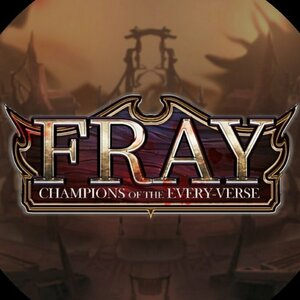
Fray: Champions of the Everyverse
Tabletop Game
Fray: Champions of the Every-Verse is an arena combat skirmish game allowing players to pit...
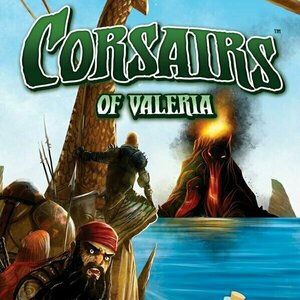
Corsairs of Valeria
Tabletop Game
With the current Commodore lost at sea, you and your fellow Corsairs have set out to complete the...

Wild Assent
Tabletop Game
Wild Assent is a 1-4 player miniatures board game with solo, player-versus-player and cooperative...
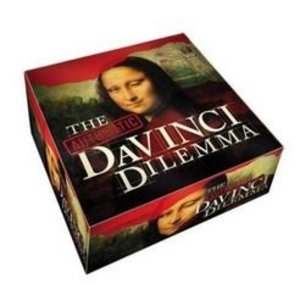
The Authentic Da Vinci Dilemma
Tabletop Game
The Authentic Da Vinci Dilemma is an exciting new board game that tests your Da Vinci knowlege while...
BoardGames TriviaGames
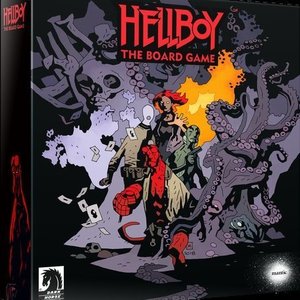
Hellboy: The Board Game
Tabletop Game
Hellboy is a co-operative experience in which players face off against some of the comic's most...
Boardgames MoviesintoBoardgames ComicbookGames 2018Games
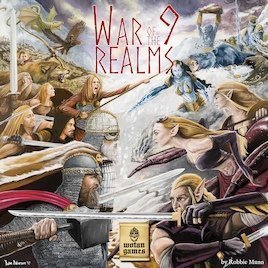
War of the 9 Realms
Tabletop Game
A tile based tactical skirmish game based on the Realms of Norse Mythology. Each realm is comprised...
Purple Phoenix Games (2266 KP) rated Elder Sign in Tabletop Games
Jul 16, 2019 (Updated Aug 21, 2019)
Disclaimer: There are many expansions for Elder Sign. I do not have any of them, nor do I have any gameplay experience with any of them. If and when I do get them added into my base game, I will either amend this review or write a new one! – L
In Elder Sign, players take on the roles of Investigators who must use their supernatural knowledge and keen wit to seal dimensional portals and prevent the Ancient Ones from entering our world and destroying humanity. Just another day at the office, right? Players take turns rolling dice to fight monsters and complete adventures that will reward them with artifacts, health and/or sanity, clues, or even Elder Signs – the symbols necessary for sealing away the Ancient Ones for good. Be careful, though – if you fail to complete an adventure, you will be harshly punished! I’m talking losing health and sanity, accidentally summoning monsters, or even bringing the Ancient One one step closer to our world! As a solo game, Elder Sign plays the same way as it would in a group setting. The only difference is that the solo player cannot use the ‘Assisting’ ability because there are no other players who can offer you aid. Besides that, gameplay remains the same – even a lone Investigator can put their dice to good use to ward off evil!
I enjoy playing Elder Sign as a solo game. Although mostly dominated by dice rolling, there is a fair amount of strategy required for this game. I don’t feel like I’m mindlessly rolling dice – I have to decide which adventures are attainable with my given items, and which rewards benefit me the most in my overall task. There are rewards and consequences to be weighed with every decision, so action must be taken with great thought. Because of the strategic implications, Elder Sign keeps me thoroughly engaged, even when playing solo, and that’s one reason why I keep coming back to it.
On the flip side, one thing that isn’t my favorite about Elder Sign is its reliance on dice rolls to progress in the game. Yeah, I know, it’s a dice game – what did I expect? Sometimes, though, you just can’t roll to save your life (quite literally, in this game) and that can make the game frustrating to play. A series of poor rolls can feel like they completely negate any strategy you’ve enacted and can unravel your entire plan. On a good dice-rolling day for me, I love this game! On a not-so-good dice-rolling day, I find it a little harder to enjoy myself. But hey – if it was totally easy, it wouldn’t be fun, right? One positive of this, I guess, is that I always have to be adjusting my strategy to take the current dice into account. I can’t just pick one strategy and run with it since almost all outcomes are dependent on the luck of the roll! Elder Sign keeps me on my toes, that’s for sure.
I got Elder Sign from Travis as a birthday present last year, and it has been a good addition to my collection. There is enough going on to keep me engaged the entire game, but not so much that I feel overwhelmed. And yeah, maybe I’m not always the greatest dice-roller, but that just makes me adapt my strategy to deal with the current situation. I have read that adding expansions makes the game even more enjoyable, and hopefully one of these days I’ll get to experience that for myself. For the time being, though, I’m content with the base game. If you enjoy Elder Sign, I recommend you try it solo – it doesn’t feel any different to play, and I think you’ll enjoy it just as much as a group game!
